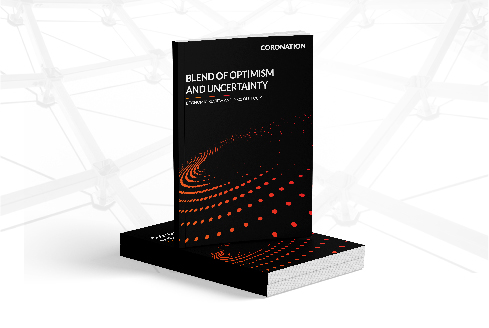The concept of investing broadly covers the purchase or creation of assets with the use of funds or capital in order to obtain a return on the investment, also known as capital gain. It entails the purchase of a financial product with an expectation of favourable future returns. Investment assets comprising equities, fixed income instruments, …
More → Menu
- What We Do
- Investor Relations
- Research
- About
- Featured

Follow us on Social
Get the latest market insights from Coronation Bank on social media.
- Media
- Careers
- Contact




